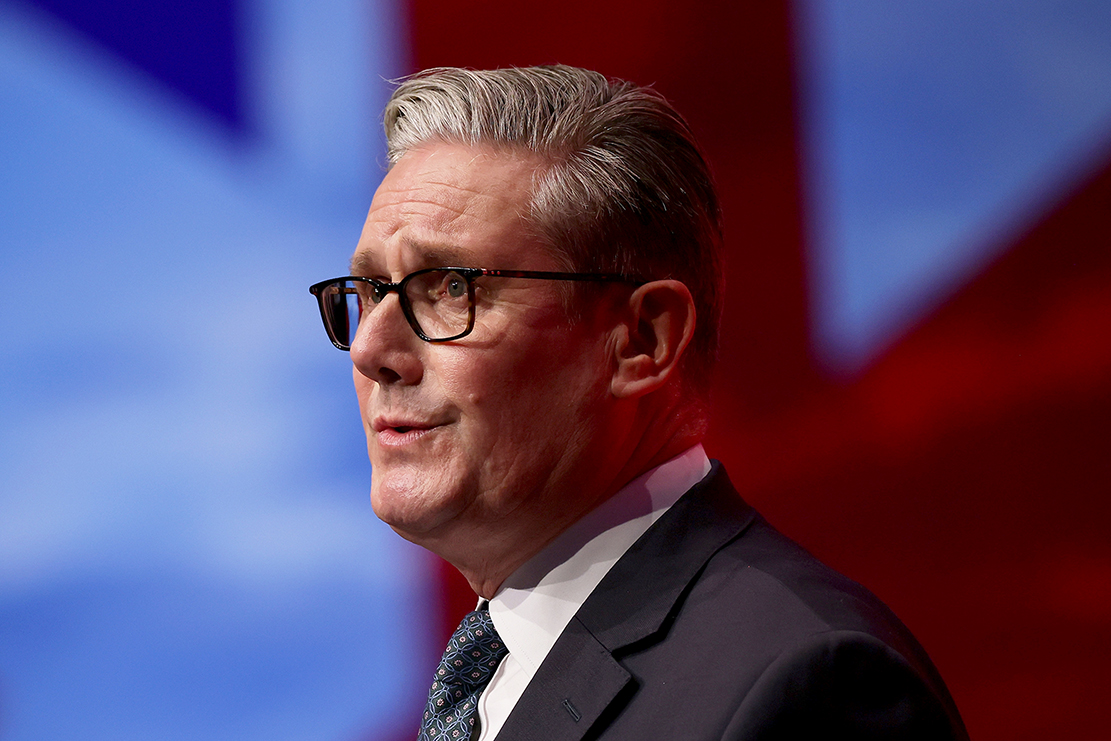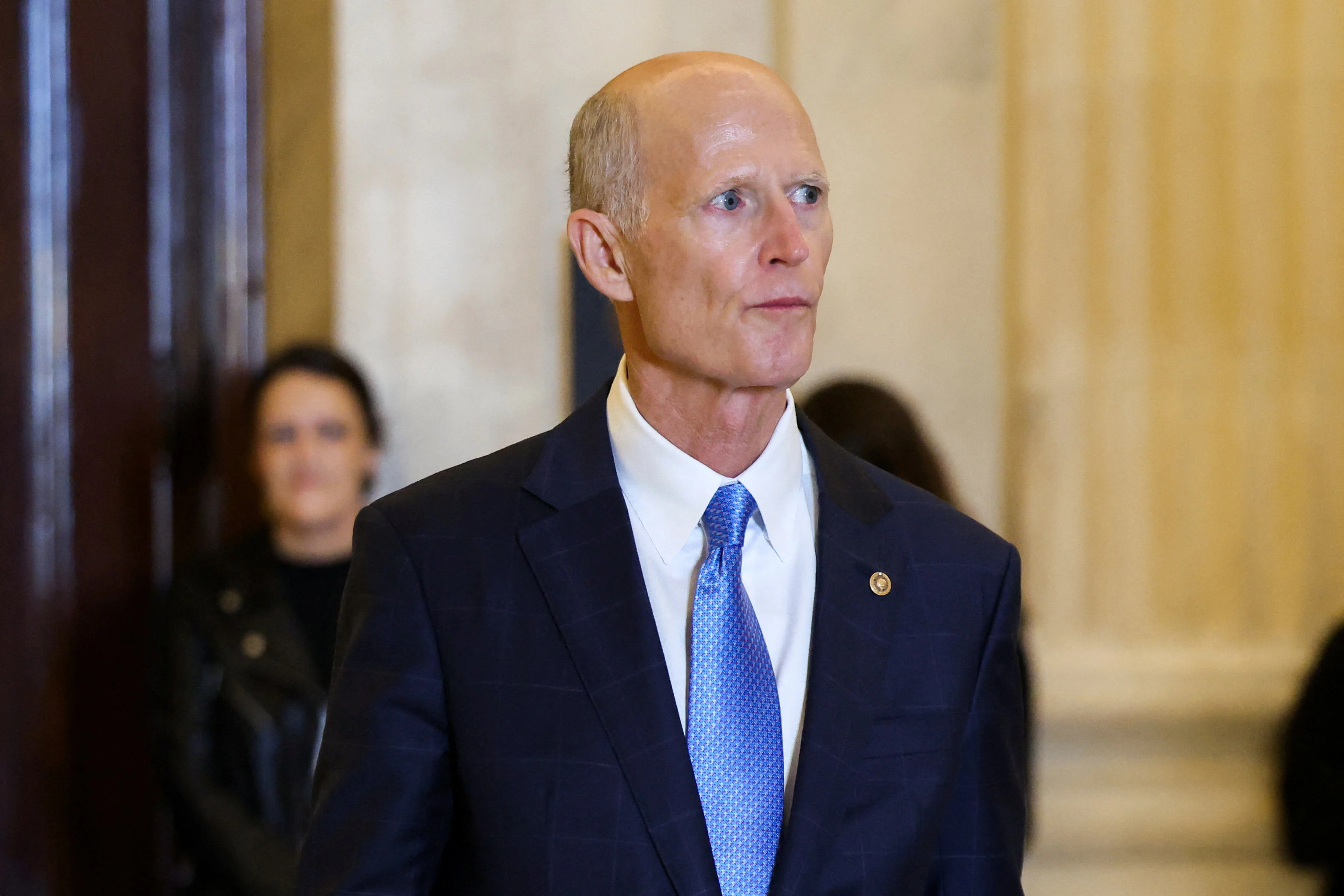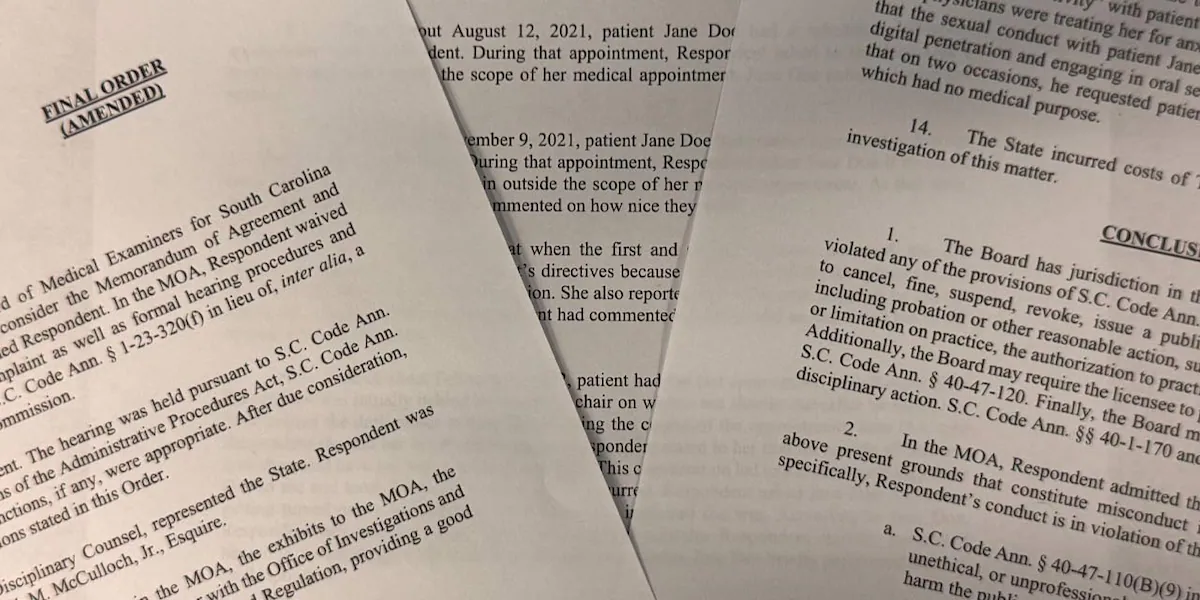Copyright newstatesman

Hartlepool. This north-east port town, where Boris Johnson’s Tories routed Labour in 2021, has been invoked more often than Keir Starmer would want over the last year. As the only recorded moment when he considered resigning, it has become a convenient shorthand for times of peril: Reform’s local elections victory, Peter Mandelson’s sacking as US ambassador and, now, Labour’s defeat in the Caerphilly by-election. The comparison, made by Wes Streeting, was intended to be helpful. “Every time Keir comes up against a setback he changes his approach, recognises what he needs to do differently and does it,” says an ally of the Health Secretary. But the analogy has consequently encouraged speculation over Starmer’s future. How many political lives does he have left? For Starmer, the sensation of being written off is a familiar one. Few observers in 2021 believed he could win a general election by a landslide margin. The aides who left the leader’s office after the humiliation of Hartlepool – Jenny Chapman, Ben Nunn and Chris Ward – now serve inside his government. But this time round Starmer cannot press the reset button. He did that only last month, inaugurating “phase two” of his administration. As often with sequels, the reviews have been mixed. For now, No 10 draws consolation from what it regards as a fundamental electoral truth: Reform is beatable. Strategists point to the three by-elections so far this parliament: Reform won Runcorn by the narrow margin of six votes, it lost Hamilton to Labour and it lost Caerphilly to Plaid Cymru. “People feared that Reform had the ability to do even better than the polls by attracting those who never vote in elections, so far they’ve shown no ability to do that,” concludes a Starmer aide. When Downing Street first described Reform as Labour’s main opponent, there was scepticism. Why not talk up the Tories? But some Labour MPs now view the next election with positive enthusiasm. “They might be the easiest opponent we’ve ever faced,” declares one MP of Reform. Another anticipates a high-stakes, two-party contest – comparable to 2017 – in which Labour’s vote surges to around 40 per cent while Reform trails on 35 per cent. Others fear that this is all wishful thinking. “Reform might have a ceiling, but a ceiling can be addressed,” warns a Labour source. “The Russia-Ukraine war might be over by the next election, Farage could appoint a nurse as his health spokesperson and say he’ll never privatise the NHS. The populist right aren’t wedded to anything, they’ll be a socialist party in some seats and a shire Tory one in others.” Is Starmer now pursuing a “Macron strategy” against the far right? Not so, says No 10. Advisers note the differences with France: the UK does not have a two-round system or a presidential one. And, they say, to fixate on electoral tactics would be to “give up on governing”. The ambition remains to achieve a positive endorsement of Labour rather than a rejection of Reform. Starmer’s attacks on Conservative MP Katie Lam and Reform MP Sarah Pochin over race show his determination to maintain the “progressive pivot” advertised in his conference speech. But across the cabinet the picture is more complex. Rachel Reeves has defied calls from left-leaning economists to loosen her fiscal rules; Shabana Mahmood intends to use the months ahead to announce new measures to deter asylum seekers; Steve Reed has cut affordable housing quotas to stimulate housebuilding; and Pat McFadden has signalled that welfare reform isn’t over. This is not a government narrowly focused on the left, even if looming tax rises and the employment rights bill reflect an enduringly interventionist streak. The precise identity of Starmer’s administration is less important than the essential aim: improvement. New-intake MPs – once parodied as “Starmtroopers” – now open conversations by asking each other whether the Prime Minister’s moment of reckoning will be next May’s elections or an earlier date. “If we get pummelled in Wales, pummelled in Scotland and pummelled in London, it’s very hard to see how Keir continues after that,” warns a government source. And here is the challenge for Starmer. He has cast defeating Reform as a moral obligation. If Labour continues to fall short – against a beatable opponent – must he therefore make way? As ever, there might not be a vacancy but there is certainly a contest. Angela Rayner’s Commons resignation statement, in which she vowed to “fight with everything I have”, has led some in government to once again identify her as the frontrunner. Then there is Streeting, the Blairite flagbearer now impressing the soft left as he inveighs against the new racism. Bridget Phillipson’s performance in the deputy leadership contest, meanwhile, has led some to ask whether she could go one better next time. Mahmood is the cabinet’s most distinctive Blue Labour voice; Ed Miliband its foremost soft-left one. Unlike in 2021, however, Starmer is not contemplating walking away. Those who talked him off the ledge after Hartlepool say that he has grown in confidence and resilience since then. But Starmer, who told his biographer Tom Baldwin that he could “happily work in the bookshop or something”, has never viewed power as an unqualified right. His task is to prove once again to Labour that, though the path may be fraught, it still leads to victory. [Further reading: Looking for Growth looks for a political consensus]



